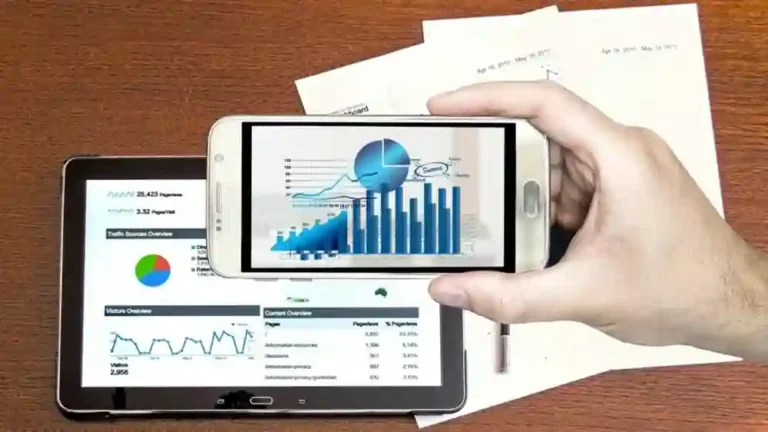
Cryptocurrency has emerged as one of the most revolutionary financial technologies of the 21st century. It offers a new, decentralized way of conducting transactions, securing investments, and even creating wealth. If you’re interested in getting started with cryptocurrency, you might feel overwhelmed by the technical jargon and volatile market. However, understanding the basics can help you take the first step into the world of digital currency with confidence. In this guide, we’ll break down the essential steps for beginners to start their cryptocurrency journey.
1. Understanding Cryptocurrency
Before diving into the practical aspects of investing in cryptocurrency, it’s crucial to understand what it actually is. Cryptocurrency is a digital or virtual form of currency that uses cryptography for security, making it nearly impossible to counterfeit or double-spend. Unlike traditional currencies issued by governments (such as the US dollar or Euro), cryptocurrencies operate on decentralized networks based on blockchain technology. The blockchain is a distributed ledger that records transactions across multiple computers, ensuring transparency, security, and tamper-proof records. Popular cryptocurrencies include Bitcoin (BTC), Ethereum (ETH), and Binance Coin (BNB). Each of these operates on its own blockchain, though there are thousands of other cryptocurrencies, each with unique features and uses.2. Choose a Cryptocurrency to Buy
The first practical step when getting started with cryptocurrency is to decide which one to buy. While Bitcoin and Ethereum are the two most well-known and widely used cryptocurrencies, there are many others to consider. Some coins, like Bitcoin, are seen as stores of value, while others, like Ethereum, support decentralized applications and smart contracts. If you’re new to cryptocurrency, starting with a major cryptocurrency like Bitcoin or Ethereum is generally a safe option. These have larger communities, more resources, and higher liquidity, meaning they are easier to buy, sell, and trade.3. Set Up a Wallet
Once you’ve chosen which cryptocurrency to buy, you need to set up a wallet to store it. A cryptocurrency wallet is a secure digital place where you can keep your coins and tokens. There are two main types of wallets:- Hot Wallets: These are online wallets connected to the internet. They are convenient for everyday use and quick transactions but can be more vulnerable to hacking.
- Cold Wallets: These are offline wallets, such as hardware wallets or paper wallets. They are less convenient for daily use but offer a higher level of security against cyberattacks.
4. Select a Cryptocurrency Exchange
To purchase cryptocurrency, you’ll need to sign up for a cryptocurrency exchange. These platforms allow you to trade traditional currencies (like USD, EUR, etc.) for cryptocurrencies. Some popular exchanges include:- Coinbase: Known for its user-friendly interface, Coinbase is ideal for beginners. It supports a variety of cryptocurrencies and allows you to purchase crypto with credit cards, debit cards, or bank transfers.
- Binance: Binance is one of the largest cryptocurrency exchanges in the world, offering a wide range of cryptocurrencies. It has more advanced trading features, but it may be overwhelming for first-time users.
- Kraken: Kraken is another well-established exchange, offering a wide selection of cryptocurrencies with strong security features.
5. Purchase Your Cryptocurrency
After creating an account on your chosen exchange and setting up your wallet, you can now purchase cryptocurrency. This usually involves:- Funding Your Account: Most exchanges allow you to fund your account using fiat currency (such as USD, EUR, etc.). You can transfer funds using a bank account, credit card, or sometimes even PayPal, depending on the exchange.
- Placing an Order: Once your account is funded, you can place an order for the cryptocurrency you wish to buy. There are different types of orders, such as market orders (buying at the current market price) or limit orders (buying at a specific price).
- Secure Your Purchase: After the transaction is complete, ensure that your cryptocurrency is securely stored in your wallet. If you’re using an exchange wallet, it’s important to transfer your crypto to a private wallet for enhanced security.
6. Stay Informed
Cryptocurrency markets are highly volatile, meaning prices can fluctuate dramatically. As a beginner, it’s important to stay informed about the market and the specific coins you’re investing in. Reading news, following industry experts on social media, and joining cryptocurrency forums can help you stay up to date. Additionally, consider using portfolio tracking apps that can help you monitor your investments in real-time. These apps track the performance of your assets and can send alerts when prices change or when significant events occur in the market.7. Risk Management
As with any investment, cryptocurrency comes with its risks. The market is highly speculative, and prices can swing wildly. It’s essential to only invest money you can afford to lose and to diversify your investments. Never put all your funds into a single cryptocurrency or a single type of investment. Moreover, consider setting stop-loss orders or taking profits at regular intervals to manage your exposure to risk. Always have a plan for what you’ll do if the market moves against you.8. Learn the Legal and Tax Implications
Before getting too deep into cryptocurrency, it’s important to understand the legal and tax implications. Cryptocurrency regulations vary by country, and in some places, cryptocurrencies are heavily regulated or even banned. Additionally, cryptocurrency transactions are subject to taxation in many jurisdictions. Make sure to research the laws in your country regarding cryptocurrency and consult a tax professional to ensure that you’re in compliance with all relevant regulations.Conclusion
Getting started with cryptocurrency can seem daunting, but by breaking it down into manageable steps, it becomes much more approachable. From understanding what cryptocurrency is to selecting the right wallet and exchange, each step builds your knowledge and confidence. Remember to start small, stay informed, and only invest money that you can afford to lose. With patience and research, you can successfully navigate the world of cryptocurrency and potentially unlock new opportunities for financial growth.Read More latest Posts
- Raphtalia from Shield Hero: A Brave Companion with True Strength
- Raiden Shogun: Lightning Power and Quiet Sadness
- Rafe Cameron Outer Banks Villain: Rich, Reckless, and Ruthless
- RadroachHD YouTube Star: The Fallout Creator with Massive Fans
- Raditz: Dragon Ball’s Forgotten Saiyan Brother Deserves More Love






